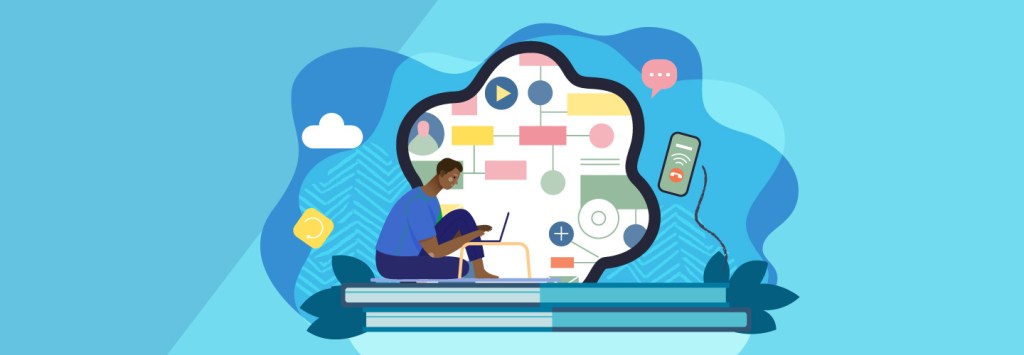Accessibility for the Modern Web: Resources and Tools

Web content is no longer just one facet of how people access information. It’s the primary way most people complete everyday tasks such as paying bills, reading the news, scheduling appointments, socializing with friends, ordering food, and submitting schoolwork.
There’s almost no limit to what the average user can accomplish online, but some users experience more barriers to accessing web content. That’s often the case for users with disabilities, which could be a person with dyslexia reading an article with a small font or someone with limited physical mobility using a keyboard.
More than one in every four Americans has a disability, and many of them rely on accessibility tools to move seamlessly through web content, including videos, images, infographics, and hyperlinked text. Anyone who publishes content should be familiar with the framework for an accessible site, as well as the digital tools that help people use the web—for consuming media and creating their own.





